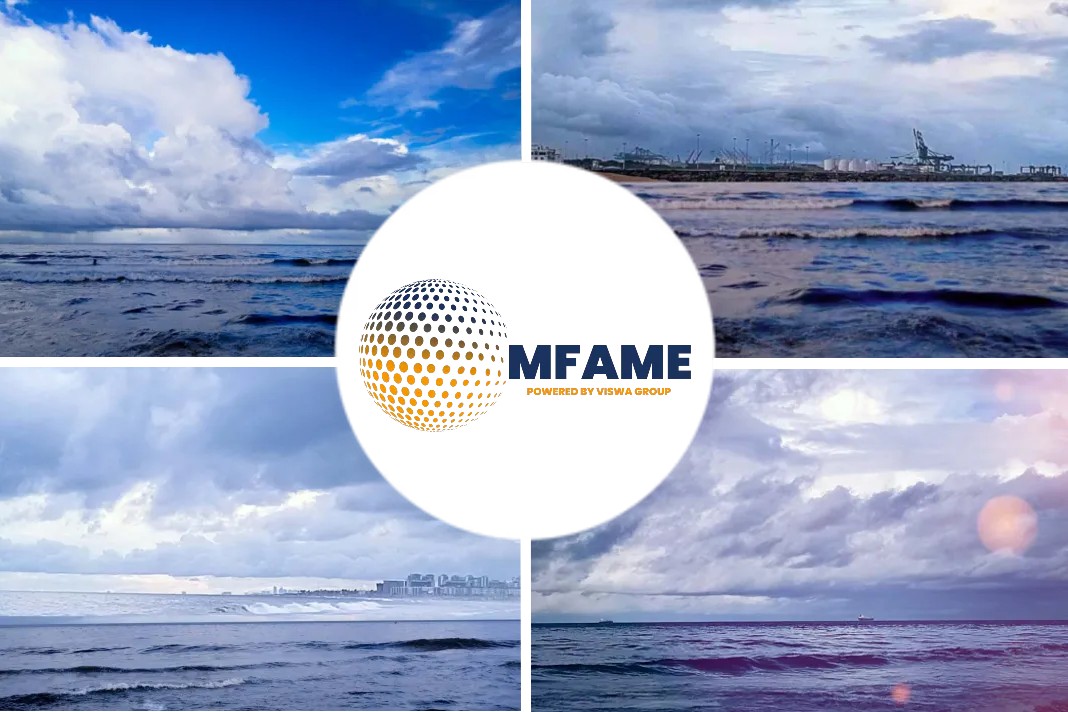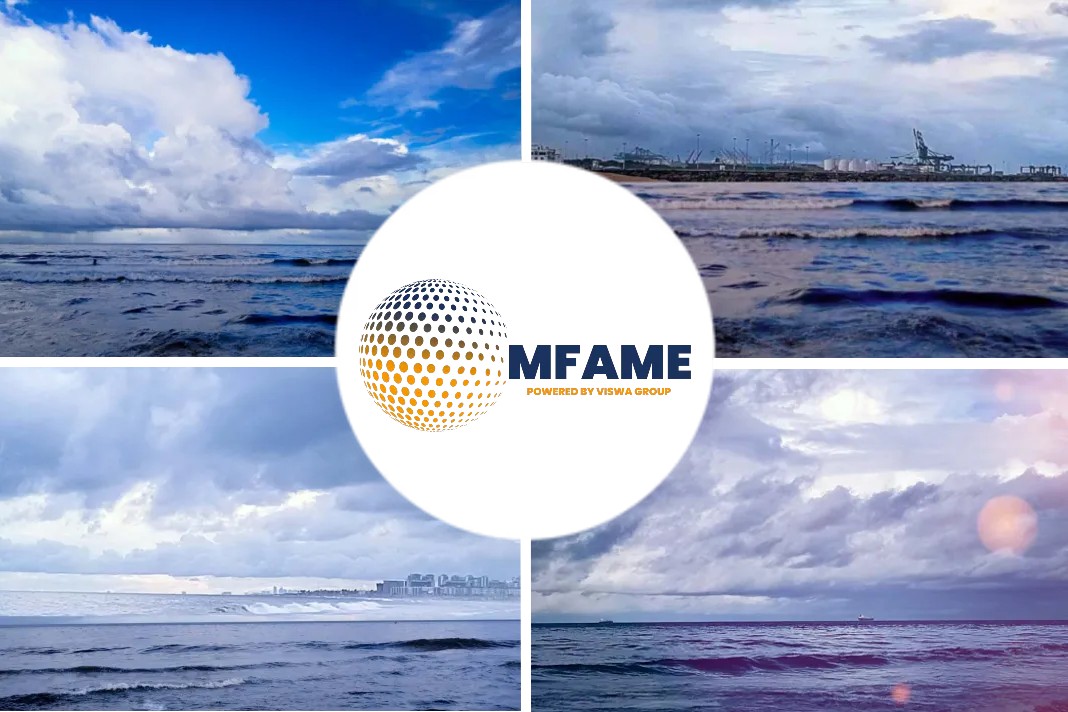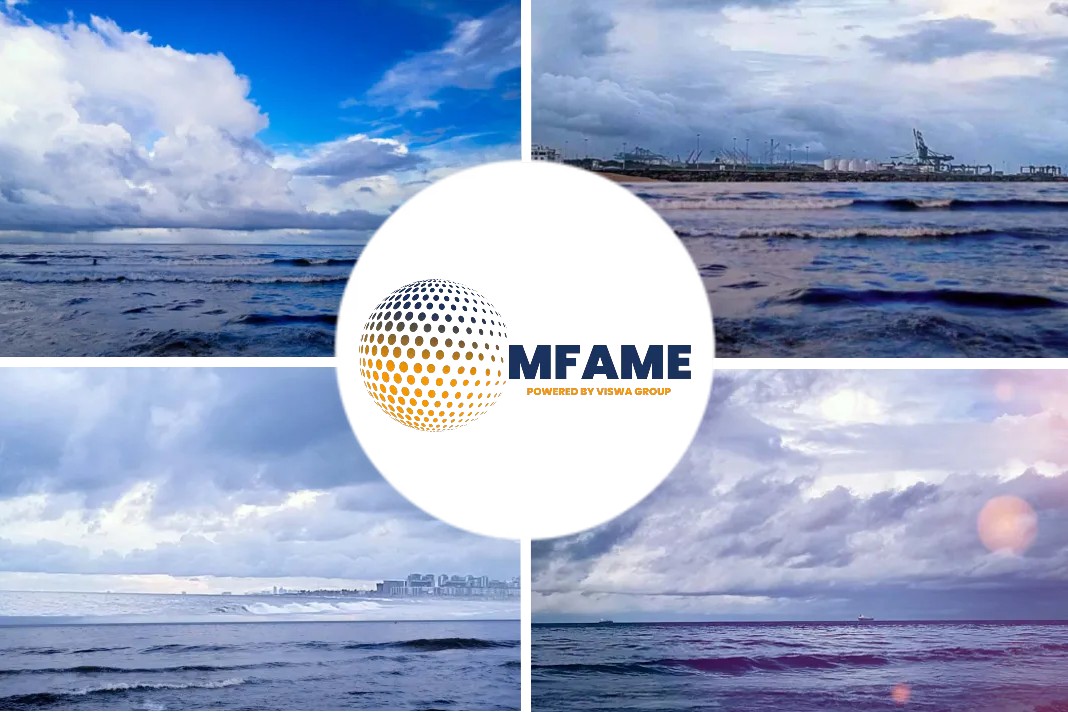Last month a team of Hydrex diver/technicians traveled to Tenerife for an underwater propeller blade straightening on a 246-meter cruise ship. Almost simultaneously another team cropped the heavily bent blades of a 200-meter vehicle carrier in Antwerp. In both the cases, the best solution was offered to the customer to restore the propeller’s efficiency as close to the original condition as possible, says a press release on their website.
Why was it done?
The crew of both ships had noticed that the engine was overloading. Damaged propeller blades will have a performance below average. The engine will have a higher work load. This results in increased fuel consumption and added stress.
How did hydrex help?
- By taking advantage of the Hydrex in-house developed cold straightening technique, damaged blades can be straightened underwater.
- This allows a ship with a damaged propeller to return to commercial operations without the need to drydock.
- Optimum efficiency of the propellers can be restored by bringing the blades back to their original form.
- This was done by the Hydrex team on the cruise ship in Tenerife.
Smoothing the creases
The four starboard side propeller blades of the 246-meter vessel were bent. A fast, on-site solution to restore the propeller’s balance and efficiency was needed. After the equipment arrived at the vessel’s location the team started the operation with a detailed survey of the ship’s two propellers. This revealed that the port side propeller blades were in good condition and did not require any repairs.
With the survey completed, the team positioned the straightening machine over the bend in the trailing edge of the first damaged blade. In close communication with the team leader in the monitoring station on-shore, the divers returned the bent blade to its original state. When the straightening was complete, the technicians cleaned the blade to make sure that any remaining loss of efficiency would be minimal. The same procedure was then repeated on the other three blades.
If straightening is not an option, the affected area on the blade will be cropped. By doing this the greatest possible efficiency is achieved for the vessel. This was the case for the vehicle carrier in Antwerp.
How the hydrex team handled?
- With all four blades of the ship’s propeller severely damaged, the engine was overloading. Hydrex was asked to restore the propeller’s balance.
- After the equipment arrived at the vessel’s location the team started the underwater operation with a detailed survey of the affected propeller blades.
- The team then used the information acquired during the inspection to calculate and determine the correct measurements needed to crop the propeller blades.
- Next the divers cropped the blades. When the cropping was complete, the blades were cleaned.
- Hydrex often encounters blades like this that have been severely damaged, chipped or almost completely broken off during ice navigation.
- In most instances, they can still be repaired on-site by grinding and cropping the blades.
Hydrex’s Way of Working
- The Hydrex R&D department is constantly looking into ways to enhance the available propeller repair techniques even further to improve the available services.
- New models of both the straightening and the cutting machines have recently been put into service.
- These allow the company to straighten blades that could previously only be cropped and to crop extremely damaged blades with only a minimal loss of efficiency for the propeller.
- Both types of repairs can be carried out on-site and underwater, allowing the ship to return to commercial operations without the need to drydock.
Did you subscribe to our daily newsletter?
It’s Free! Click here to Subscribe!
Source: Hydrex






















